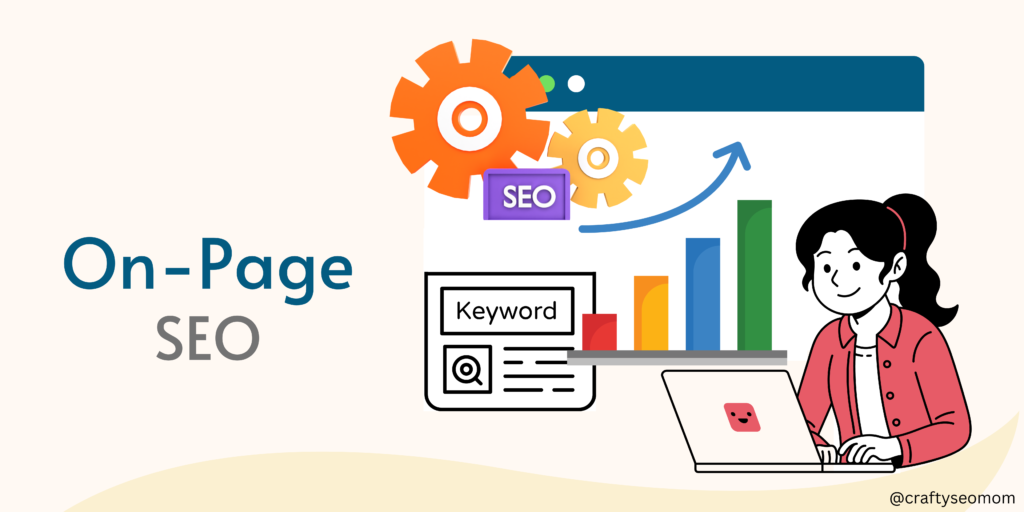On-Page SEO Techniques to Boost Rankings
When it comes to improving your website’s visibility, on-page SEO techniques are essential. These techniques focus on optimizing individual pages on your site to rank higher on search engines like Google. By applying these strategies, you can enhance your website’s performance and attract more visitors.
What is On-Page SEO?
On-page SEO refers to the process of optimizing the content and HTML source code of a webpage. Unlike off-page SEO, which deals with external factors like backlinks, on-page SEO is all about what happens directly on your website. It’s the foundation of good SEO practices and plays a crucial role in how search engines understand and rank your site.
Best Practices for On-Page SEO
Here are some effective on-page SEO techniques that you can use to improve your website’s ranking:
- Title Tags: The title tag is the clickable headline that appears on search engine results pages (SERPs). It should be clear, concise, and include your main keyword. For example, if your page is about “On-Page SEO Techniques,” make sure these words are at the beginning of your title tag.
- Meta Descriptions: A meta description is a brief summary of a page’s content. It appears below the title tag in search results. Write a compelling meta description that includes your keyword phrase. This helps both search engines and users understand what your page is about.
- Header Tags (H1, H2, H3, etc.): Header tags are used to structure your content. The H1 tag is usually the title of the page and should contain your keyword phrase. Use H2 and H3 tags for subheadings to make your content more organized and easier to read.
- Content Quality: High-quality content is at the heart of any successful SEO strategy. Ensure your content is relevant, informative, and valuable to your audience. It should also naturally include your keyword phrase several times.
- Keyword Placement: Strategic placement of keywords is vital. Include your main keyword in the first 100 words of your content. This signals to search engines that your content is relevant to the user’s query.
- User Experience: Search engines favor websites that offer a good user experience. This includes fast-loading pages, mobile-friendliness, and easy navigation. Make sure your website is responsive and loads quickly on all devices.
Why Content Quality Matters
Content is king in the world of SEO. The better your content, the more likely it is to engage readers and keep them on your site. High-quality content not only helps with rankings but also builds trust with your audience. When users find your content helpful, they are more likely to share it, leading to more traffic and higher rankings.
Importance of Mobile-Friendliness and Page Speed
In today’s digital world, most people access websites through their smartphones. If your website isn’t mobile-friendly, you could be losing a significant portion of your audience. Search engines also consider page speed as a ranking factor. A slow website can frustrate users and cause them to leave before your content even loads. Make sure your website is optimized for mobile devices and loads quickly to keep visitors engaged.
Final Thoughts
By applying these on-page SEO techniques, you can improve your website’s visibility and rankings on search engines. Remember to focus on quality content, strategic keyword placement, and enhancing the user experience. With these strategies, you’ll be well on your way to attracting more visitors and achieving your SEO goals.

